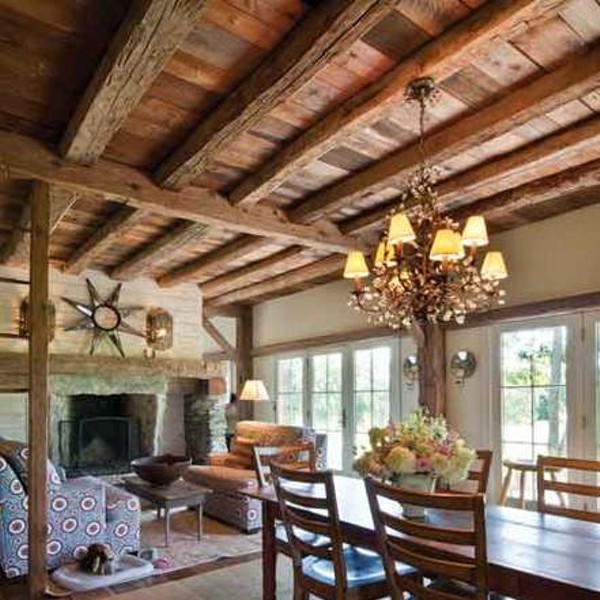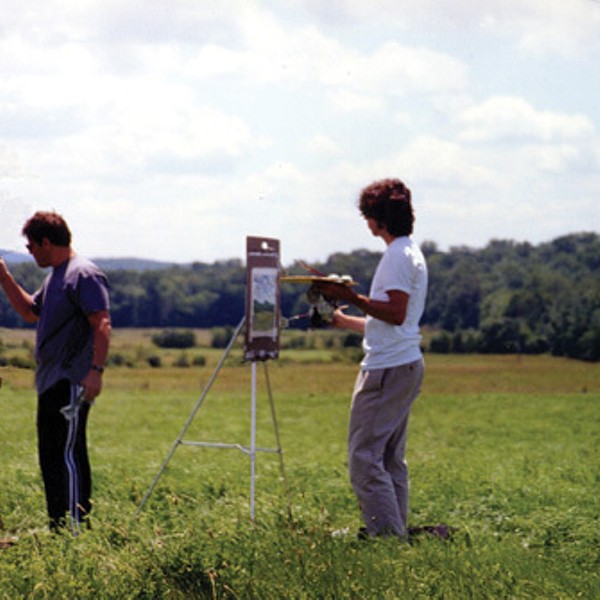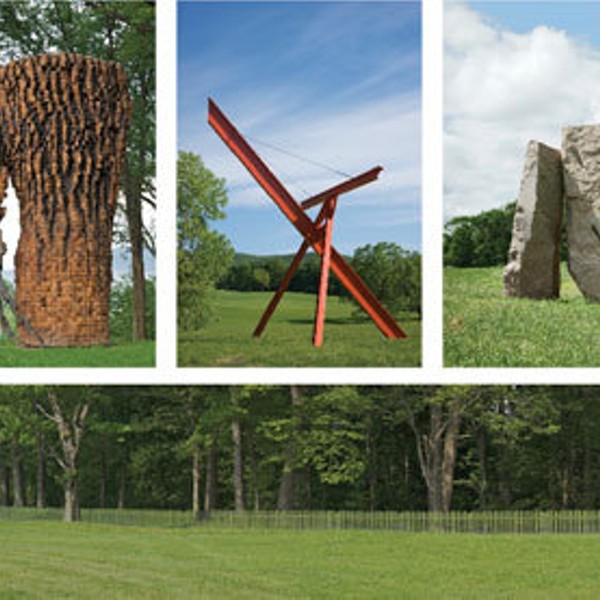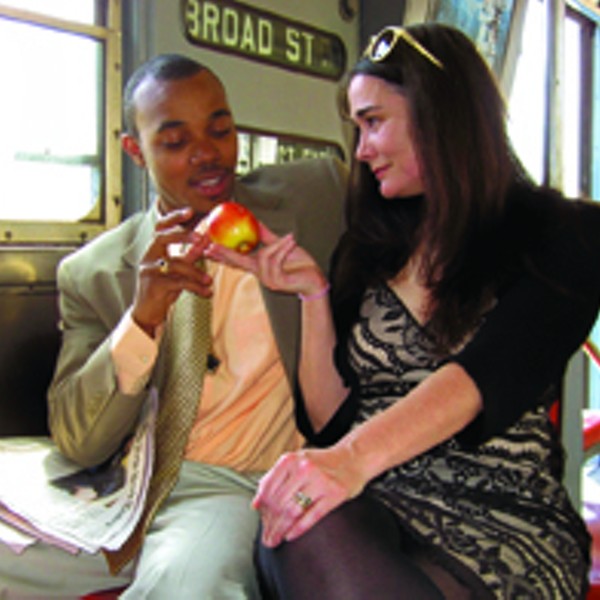Taking a drive through New Paltz—any idea where I should have lunch?” asks someone on the Chowhound website. A lively discussion breaks out; one user posts a lengthy guide: the Village Tea Room is a lunchtime must, the Mountain Brauhaus and its addictive buttermilk salad dressing, “smartly chosen cheeses” at the Cheese Plate, “fresh, honest, creative food” at Karma Road, breakfast at the Main Street Bistro or the Mudd Puddle or Paul’s Kitchen. Or, the poster adds, go to Yanni for Greek salad, Gomen Kudasai for high quality Japanese. Then someone else chimes in about Beso, and yet another poster recommends Café Mio, in “the next town south, Gardiner.”
One imagines that the original Chowhound may end up deciding to do more than just pass through New Paltz, like hang around for a breakfast or three. She would not be the first to be captivated.
The New York Daily News paid backhanded tribute in the late 1960s, with a cover photo of longhairs milling about on Main Street, captioned “New Paltz: Town Torn By Too Much Youth.” Page two featured a map and directions, which likely thrilled the town fathers no end. In 1968, a student got arrested for wearing the American flag as a superhero cape in a film class project. His fellow students rallied around him, and SUNY New Paltz college president John Neumaier bailed him out. The 1970s saw appearances of stars like Grace Slick in what were then called the Tripping Fields south of the campus. (“You can’t possibly let Anne go there,” my grandfather proclaimed when he heard about my college plans.)
Alice Chandler and the Evil Plot
In 1980, SUNY officials brought in President Alice Chandler, who had a clear mandate to trim the sails and tighten up on the “Berkeley of the East Coast.” Funds were redirected from environmental and interdisciplinary studies to business and nursing, and protests—rather sparsely attended ones—failed to avail. Some believed it an evil plot and an end to all things good and creative on the campus—which, 30 years later, has added an elegant art museum and maintains a packed calendar of cultural events guaranteed to scare the flag pins off conservatives’ lapels, such as a meeting in November ’10 that brought together a Jewish refugee from the Nazi era, a Palestinian student, and about 150 others to discuss the Palestinian side of the story.
Not only were the rumors of the demise of Art highly exaggerated, the Party for Socialism and Liberation still rocks on. Today, my grandfather would probably be telling my parents I’d better hit community college for a couple of years first if I expected SUNY New Paltz to let me in, and he’d be right.
What the alarmists declaring New Paltz—torn—and the students proclaiming Alice Chandler to be a fascist tool both missed was how adeptly this town keeps its balance, wind-surfing through controversy on wave after wave of impassioned, intelligent new blood and a deep sea of old timers.
The tide rushes in come late summer, heralded by the huge welcome banner at P&G’s bar and restaurant on the corner of Main and North Front Streets downtown; when the tide ebbs again, a fair number of impassioned, intelligent folks remain beached, and so it has likely been since at least the 1940s, when what had been a small teachers’ college became a state university branch.
The university has become a highly selective star in the SUNY firmament, with “Best Of” list mentions pouring in over the past decade from US News and World Report, Kiplinger’s Personal Finance, Princeton Review, Newsweek, and High Times. And the Town Torn? It’s doing just fine, despite being repeatedly and perpetually Torn by one thing and another, from a gay-marrying mayor to property taxes.
A Simmering Soup of Creative Energy
Storms of controversy are as New Paltz as the very curve of the hillside itself. A Marriott Hotel on Lake Minnewaska was vetoed in the 1980s, to the alarm of some; a couple of outstanding midrange motels and a couple of dozen top-class bed-and-breakfasts have emerged from the fray. A plan for a Walmart on Main Street got another thumbs down; two decades later, the downtown is eclectic and throbbing with life and the Water Street Market, a sopping arcade, boasts over 20 retail outlets. You can get Rolfed, have your computer fixed, eat, antique, gift shop, and gallery hop at “a wonderful place to cherish the day,” as a visitor remarked on the market’s website. It seems unlikely that anyone other than Sam Walton has ever voiced such sentiments about WalMart.

















